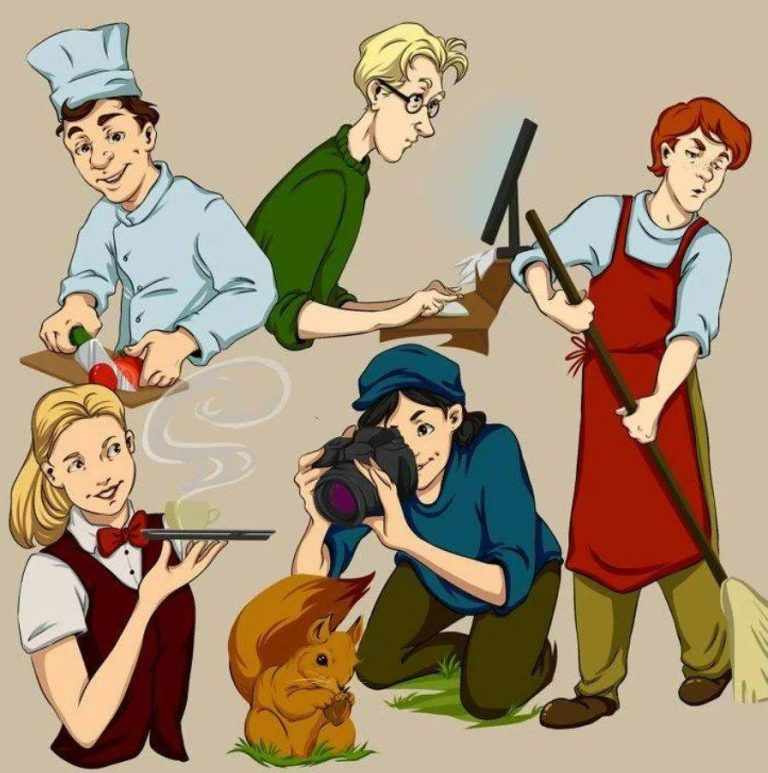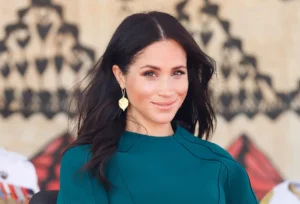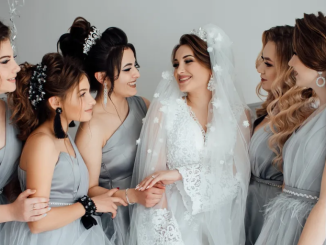Have you ever wondered how to spot a left-handed person in a group of people just by observing their actions? It may seem easy at first, but when it comes to analyzing small details, many people struggle to find the correct answer.
In this intriguing puzzle, we have a group of individuals engaged in different activities—a chef, a computer user, a cleaner, a waitress, a photographer, and even a squirrel! The challenge is simple: Can you identify the left-handed person just by looking at their actions?
Take a close look at the image and test your observation skills. Let’s break it down step by step and see if you can get the correct answer!
Common Mistakes People Make in This Puzzle

At first glance, many people jump to conclusions too quickly, assuming that the hand holding an object determines whether a person is left-handed or right-handed. However, hand dominance is more complex than that! Here are some common errors people make when solving this puzzle:
- Assuming that the hand currently in use is the dominant hand – Some people use both hands for different tasks, so just because someone holds an object in one hand doesn’t mean it’s their dominant hand.
- Ignoring how objects are being held – A left-handed person might hold a tray in their right hand while using their left hand for more precise actions, such as serving.
- Focusing only on a single task – Some people might appear to use their right hand more often, but their overall posture and habits might indicate left-handedness.
- Forgetting that some tasks require both hands – Writing or using a mouse might be a clear indicator of hand dominance, but tasks like sweeping or using a camera require both hands, making it trickier to determine.
With these common mistakes in mind, let’s analyze each character in the image and find the true left-hander!
Video : Puzzles: Test Your Logical Reasoning: Guess who is Left Handed?
Breaking Down Each Character’s Actions
Now, let’s carefully examine each person in the image and determine which hand they seem to prefer.
The Chef (Chopping Vegetables)
He holds the knife in his right hand while using his left to steady the vegetables. Most right-handed chefs use the knife in their right hand, making it unlikely that he is left-handed.
Verdict: He is likely right-handed.
The Computer User (Typing at a Desk)
This person is using both hands on the keyboard, making it difficult to determine dominance. Many left-handed people still use a mouse with their right hand due to default setups.
Verdict: Unclear—could be either left-handed or right-handed.
The Cleaner (Sweeping the Floor)
He is holding the broom with both hands, making it hard to determine his dominant hand. Most right-handed people place their right hand on top and left hand lower when sweeping, while left-handers may do the opposite. Without clear positioning, it’s hard to say for sure.
Verdict: Unclear, but he could be right-handed.
The Photographer (Taking a Picture of the Squirrel)
She is holding the camera with both hands, which is natural for photographers. The shutter button is typically on the right side of the camera, meaning she is pressing it with her right hand. Most right-handed people use cameras in this way, making it less likely that she is left-handed.
Verdict: Most likely right-handed.
The Squirrel (Eating a Nut)
The squirrel is using both hands, which is common for animals. Unlike humans, animals don’t have hand dominance in the same way.
Verdict: The squirrel doesn’t count as left-handed or right-handed.
The Waitress (Serving Coffee)
She is holding the tray in her right hand, which is an important clue. Left-handed people often use their right hand to carry things while keeping their left hand free for more precise actions. Since she is about to serve with her left hand, this suggests she is left-handed.
Final Verdict: The waitress is left-handed!

Why the Waitress is the Left-Handed Person in the Puzzle
There’s a simple trick to identifying left-handed people in real life: They tend to use their right hand for support and their left hand for actions requiring precision.
In this case:
- She holds the tray with her right hand to keep it stable.
- She serves with her left hand, which suggests that’s her dominant hand.
Most right-handed people would naturally do the opposite—holding the tray with their left hand and serving with their right hand.
This small but important detail reveals her true handedness, making her the left-hander in this puzzle!
Video : Who is left handed
Encouraging Readers to Engage: Did You Get the Right Answer?
Now that you’ve gone through the step-by-step analysis, did you get the answer correct? Was your first guess right, or did you change your mind after reading the breakdown?
Share your thoughts in the comments!
- Who did you think was the left-hander before reading the explanation?
- Did you notice any other small details that might indicate handedness?
- Do you have any fun tricks for spotting left-handed people in everyday life?
Solving puzzles like this is a great way to sharpen your observation skills. If you enjoyed this challenge, try analyzing people around you in real life—you might be surprised by what you notice!
Keep testing your brain with more fun puzzles, and stay curious!
The Power of a Child’s Empathy

The hum of the classroom, usually a symphony of whispers and rustling papers, was replaced by a heavy silence. Little Sarah stood before the class, her small frame trembling, her eyes brimming with tears. “My mommy and daddy are going to court today,” she announced, her voice barely a whisper. “They’re going to make me choose.”
A collective gasp filled the room. The children, their faces etched with innocent concern, looked at Sarah, their eyes wide with unspoken questions. I felt a lump form in my throat. How could I, a grown adult, possibly soothe the pain of such a profound loss?
I knelt beside Sarah, gently placing an arm around her shoulders. “It’s going to be okay, sweetie,” I murmured, my voice as reassuring as I could manage. “We’re all here for you.”
I did my best to steer the class towards our morning routine, hoping to create a sense of normalcy amidst the emotional turmoil. But the air in the room remained thick with unspoken worry.
Later, as the children worked on their art projects, I noticed Sarah by the cubbies, her small body shaking with quiet sobs. She was hugging a classmate, a little boy named Michael, who was also crying softly. My heart pounded. Had something happened? Had the weight of her situation become too much for her to bear?
I rushed over, my voice laced with concern. “Sarah, Michael, what’s wrong?”
They looked up at me, their faces stained with tears, but their eyes held a strange sense of calm. Then, Michael held out a crumpled piece of paper.
“She was sad,” he mumbled, his voice thick with emotion. “So I wrote her this.”
I unfolded the note, my hands trembling. In uneven, childlike handwriting, it read:
“Don’t worry. Whatever happens, it’s in God’s hands.”
The simplicity of the message, the profound depth of its compassion, hit me like a wave. Tears welled up in my eyes, blurring my vision. These two children, barely old enough to tie their own shoes, had shown a level of empathy and understanding that surpassed anything I had witnessed in years.
I had spent my life trying to impart wisdom to these young minds, to guide them through the complexities of the world. But in that moment, they had taught me a lesson I would never forget.
As I drove home that afternoon, the image of Sarah and Michael, their tear-streaked faces and the crumpled note, remained etched in my mind. I felt an overwhelming sense of pride, a deep appreciation for the little family we had built in our classroom.
We often underestimate the power of a child’s heart, their capacity for love and understanding. We dismiss their emotions as fleeting, their words as naive. But that day, I witnessed the true essence of compassion, the pure, unadulterated empathy that resides within the hearts of children.
I realized that my role as a teacher was not just about imparting knowledge, but about fostering kindness, nurturing compassion, and creating a safe haven where these small hearts could flourish. And I knew that even on the toughest days, when the noise and chaos threatened to overwhelm me, I would always remember the crumpled note, the tearful hug, and the unwavering belief that, in the face of adversity, love and compassion will always prevail.



Leave a Reply